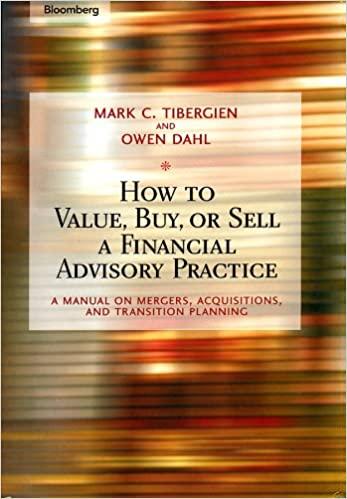
Question 8(B) In a city, everyone has income of 1,200 but they all run the risk of being robbed and losing 400. There are many citizens, all of whom are identical except for their risk of being robbed. There are high risk people who have a 30% chance of being robbed, and there are low risk people who have a 10% chance of being robbed. People can purchase insurance up to 400 (but no more) at a premium of per unit insured (i.e. if someone purchases x units of insurance the total price is yx, and the insurance company will pay back x if the robbery occurs). Each person is an expected utility maximiser, with a von Neumann-Morgenstern utility function is given by u(Y) = log Y (here log means the natural log- arithm) where Y is the realisation of their income (which will depend on whether or not the robbery occurs, and how much insurance they purchased). (a) The insurance company cannot observe whether someone is high risk or low risk but believes that the population is 50% high risk and 50% low risk. The company offers a fair premium under this belief. At what level will be set? (4% (b) Suppose y is set at the level you found in part (a). Muna is a low risk person. Write down her expected utility if she buys x amount of insurance. What amount of insurance, if any, will she buy? Give some intuition for what you find (a couple of lines will be enough). (6%) (c) Suppose y is set at the level you found in part (a). Micky is a high risk person. Write down his expected utility if he buys x amount of insurance. What amount of insurance, if any, will he buy? Give some intuition for what you find (a couple of lines will be enough). (6%) (d) Given what you found above in parts (b) and (C), what do you think will happen to the insurance company if it offers the premium derived in part (a)? (5%) (e) Suppose instead that the insurance company offered people the choice of the following two insurance options: (1) insure up to 400 at a premium of 0.3, or (2) insure up to 50 at a premium of 0.1. Explain what you think would happen (e.g. who would opt for what, what the final mar- ket outcome would be). What would happen if the insurance company increased the maximum level in option (2) to $100 (e.g. who would opt for what, what would the final market outcome be). (9%) Question 8(B) In a city, everyone has income of 1,200 but they all run the risk of being robbed and losing 400. There are many citizens, all of whom are identical except for their risk of being robbed. There are high risk people who have a 30% chance of being robbed, and there are low risk people who have a 10% chance of being robbed. People can purchase insurance up to 400 (but no more) at a premium of per unit insured (i.e. if someone purchases x units of insurance the total price is yx, and the insurance company will pay back x if the robbery occurs). Each person is an expected utility maximiser, with a von Neumann-Morgenstern utility function is given by u(Y) = log Y (here log means the natural log- arithm) where Y is the realisation of their income (which will depend on whether or not the robbery occurs, and how much insurance they purchased). (a) The insurance company cannot observe whether someone is high risk or low risk but believes that the population is 50% high risk and 50% low risk. The company offers a fair premium under this belief. At what level will be set? (4% (b) Suppose y is set at the level you found in part (a). Muna is a low risk person. Write down her expected utility if she buys x amount of insurance. What amount of insurance, if any, will she buy? Give some intuition for what you find (a couple of lines will be enough). (6%) (c) Suppose y is set at the level you found in part (a). Micky is a high risk person. Write down his expected utility if he buys x amount of insurance. What amount of insurance, if any, will he buy? Give some intuition for what you find (a couple of lines will be enough). (6%) (d) Given what you found above in parts (b) and (C), what do you think will happen to the insurance company if it offers the premium derived in part (a)? (5%) (e) Suppose instead that the insurance company offered people the choice of the following two insurance options: (1) insure up to 400 at a premium of 0.3, or (2) insure up to 50 at a premium of 0.1. Explain what you think would happen (e.g. who would opt for what, what the final mar- ket outcome would be). What would happen if the insurance company increased the maximum level in option (2) to $100 (e.g. who would opt for what, what would the final market outcome be). (9%)







